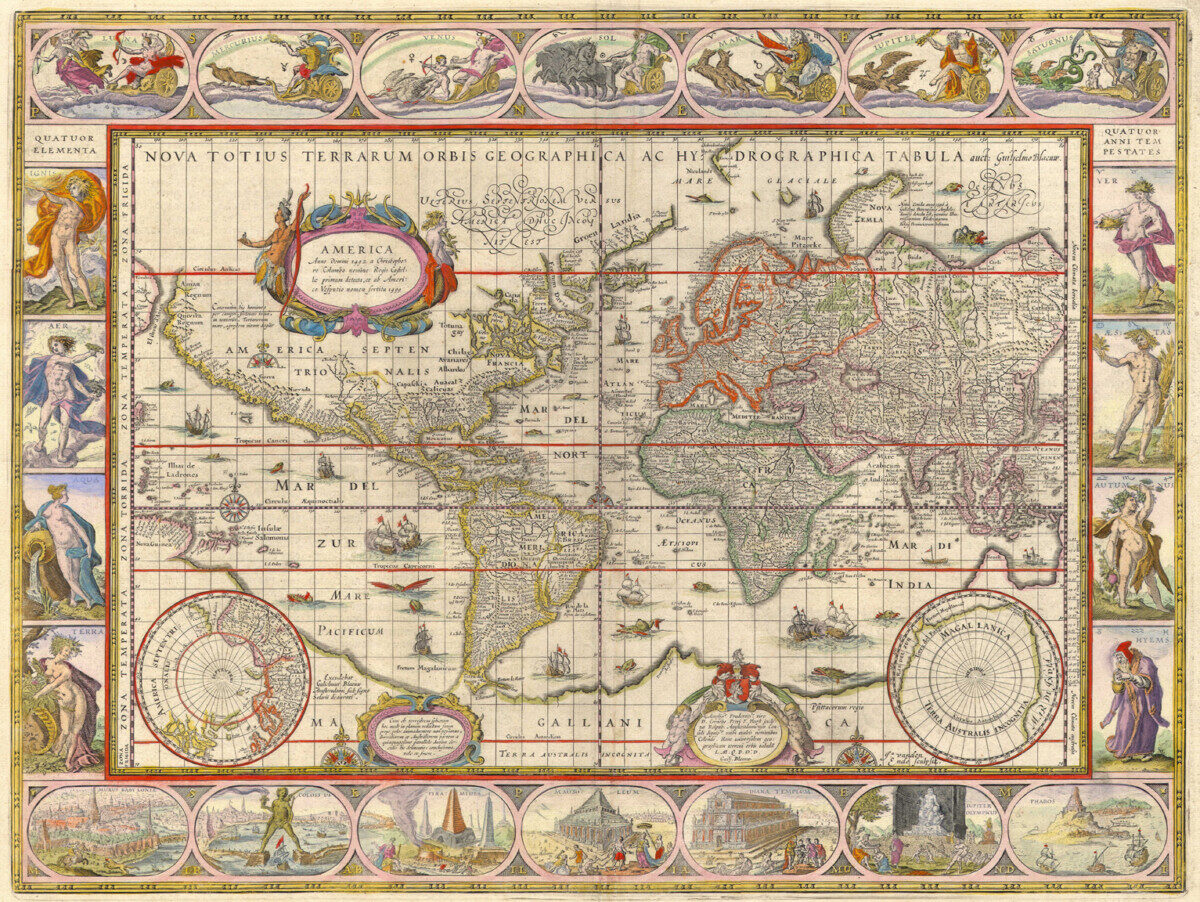Both Claudia Swan’s lecture, and the two readings we had for this week: “Going viral? Maerten de Vos’s ‘St. Michael the Archangel'” by Stephanie Porras and Thijs Weststeijn’s “Global art history and the Netherlands” discussed art in the Netherlands and the globalization that occurred there during Dutch colonial rule. A huge part of globalization could not have occurred without slavery which was a large part of Swan’s lecture that was only briefly mentioned in the readings. She talked about how it was because of the enslaved people that exotic materials such as ebony and seashells were able to be harvested and produced for wealthy white people. This relationship was seen in many different paintings of the time where black individuals were completely ignored and overshadowed by important white figures. Swan explained that this notion of black invisibility was extremely common in paintings of the time, and there was usually no recognition or identification of black people in paintings. Westeijn touches on this point as well in his reading by saying that “There are, for instance, very few visual representations of Dutch slavery in East Asia, where it was more substantial than in the Americas. In Dutch paintings, the toil or forced labour that went into the cultural flowering is usually invisible– the sumptuous still lifes bearing no trace of the hardship endured by VOC sailors and the brutality with which trade deals were enforced in Asia” (Weststeijn, 18). The relationship of forced labor being invisible is explored further and goes to show that behind every beautiful exotic material is a major amount of hardship and suffering.
A Digital Resource
